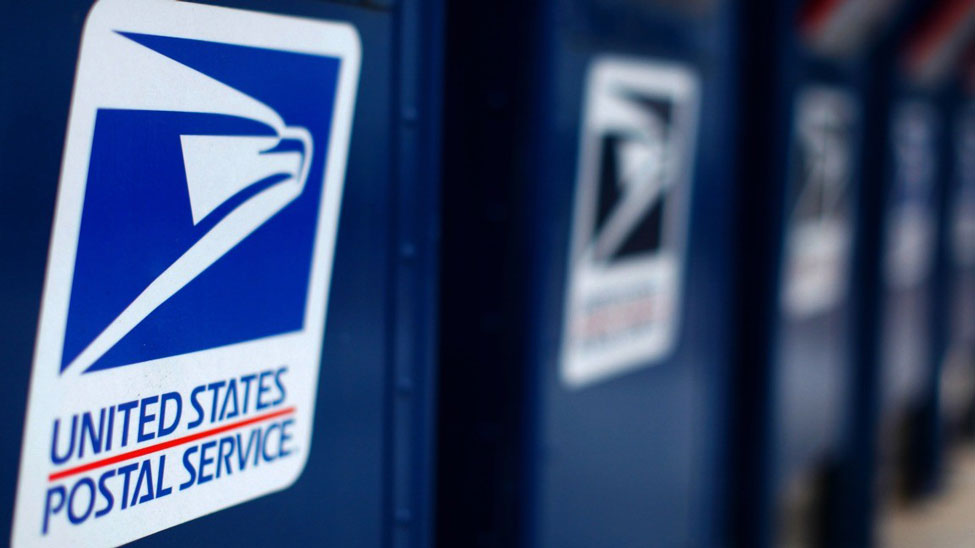
USPS completes nextgen delivery vehicle environmental review

The US Postal Service (USPS) has completed its review of the potential environmental impacts of its Next Generation Delivery Vehicle (NGDV) programme.
The USPS was required to undertake the review as part of its obligations under the National Environmental Policy Act (NEPA), and it has communicated its completion of the NEPA process in a record of decision (ROD) filed with the Federal Register today (23 February).
The NGDV programme is calling for the introduction of an initial 5,000 battery electric vehicles (BEV) to USPS’s fleet beginning in 2023, and the USPS’s assessment is detailed in a 340-page Final Environmental Impact Statement (FEIS) which was published under the NEPA process on 7 January.
As noted in the ROD filed today, the NGDV programme provides for the introduction of internal-combustion and electric-powered, purpose-built vehicles that deliver significant reductions in vehicle emissions and improvements in fuel economy versus the existing delivery vehicle fleet. While the current NGDV plan calls for its fleet mix to be at least 10 percent BEV, the USPS in its ROD said that a 100% mix of BEVs would deliver even greater emission benefits, and notes the programme is designed to increase the mix of BEVs as financial resources become available.
The US Postmaster General and USPS Chief Executive Officer Louis DeJoy commented: “As we have reiterated throughout this process, our commitment to an electric fleet remains ambitious given the pressing vehicle and safety needs of our aging fleet as well as our fragile financial condition. As our financial position improves with the ongoing implementation of our 10-year plan, Delivering for America, we will continue to pursue the acquisition of additional BEV as additional funding – from either internal or congressional sources – becomes available.
“But the process needs to keep moving forward,” added DeJoy. “The men and women of the U.S. Postal Service have waited long enough for safer, cleaner vehicles to fulfill on our universal service obligation to deliver to 161 million addresses in all climates and topographies six days per-week.”
The full text of the ROD can be found here.











